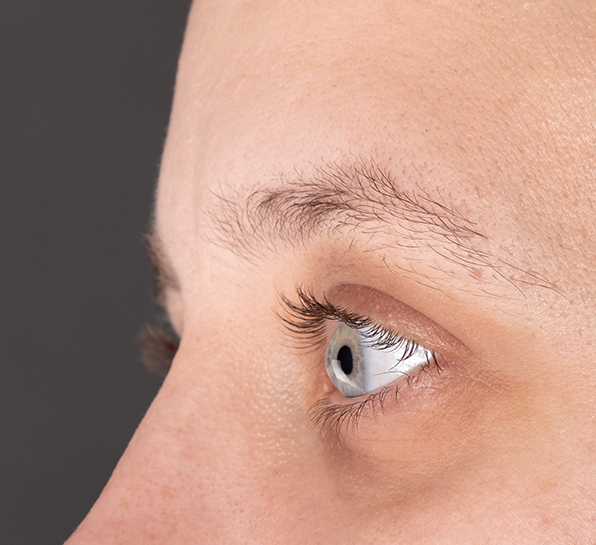
Corneal Collagen Crosslinking (CXL) is a medical procedure used to treat keratoconous, a condition where the cornea progressively weakens, thins, and bulges into a cone shape. The goal of cross-linking is to strengthen the cornea and halt or slow the progression of keratoconous by reinforcing the collagen fibres within the corneal structure. The procedure involves applying riboflavin (vitamin B2) eye drops to the cornea and activating them with ultraviolet (UV) light, which creates additional bonds, or "cross-links," between the collagen fibres, making the cornea more stable and resistant to further deformation.

In this approach, the epithelium (the thin outer layer of the cornea) is removed before applying the riboflavin drops. Removing the epithelium allows for better penetration of the riboflavin into the deeper layers of the cornea.
In this method, the epithelium is left intact, making the procedure less invasive and reducing recovery time. Special formulations of riboflavin or techniques are used to help it penetrate through the epithelium.

Corneal cross-linking is most effective for:




Cross-linking has a high success rate, with studies showing that over 90% of patients experience stabilisation of their keratoconous. It is considered the gold standard for halting keratoconous progression and reducing the need for more invasive procedures like corneal transplants.
However, cross-linking does not cure keratoconous, and some patients may still need to wear glasses or contact lenses to achieve optimal vision. In some cases, combining cross-linking with other treatments, such as INTACS or CAIRS, can provide further improvement in vision.
Corneal cross-linking is a highly effective, minimally invasive procedure designed to strengthen the cornea and halt the progression of keratoconous. By stabilising the cornea and preventing further damage, it can protect a patient’s vision and reduce the need for more invasive surgeries. While it doesn't reverse the existing damage, its role in preventing further thinning makes it an essential tool in managing keratoconous, especially when diagnosed early.
